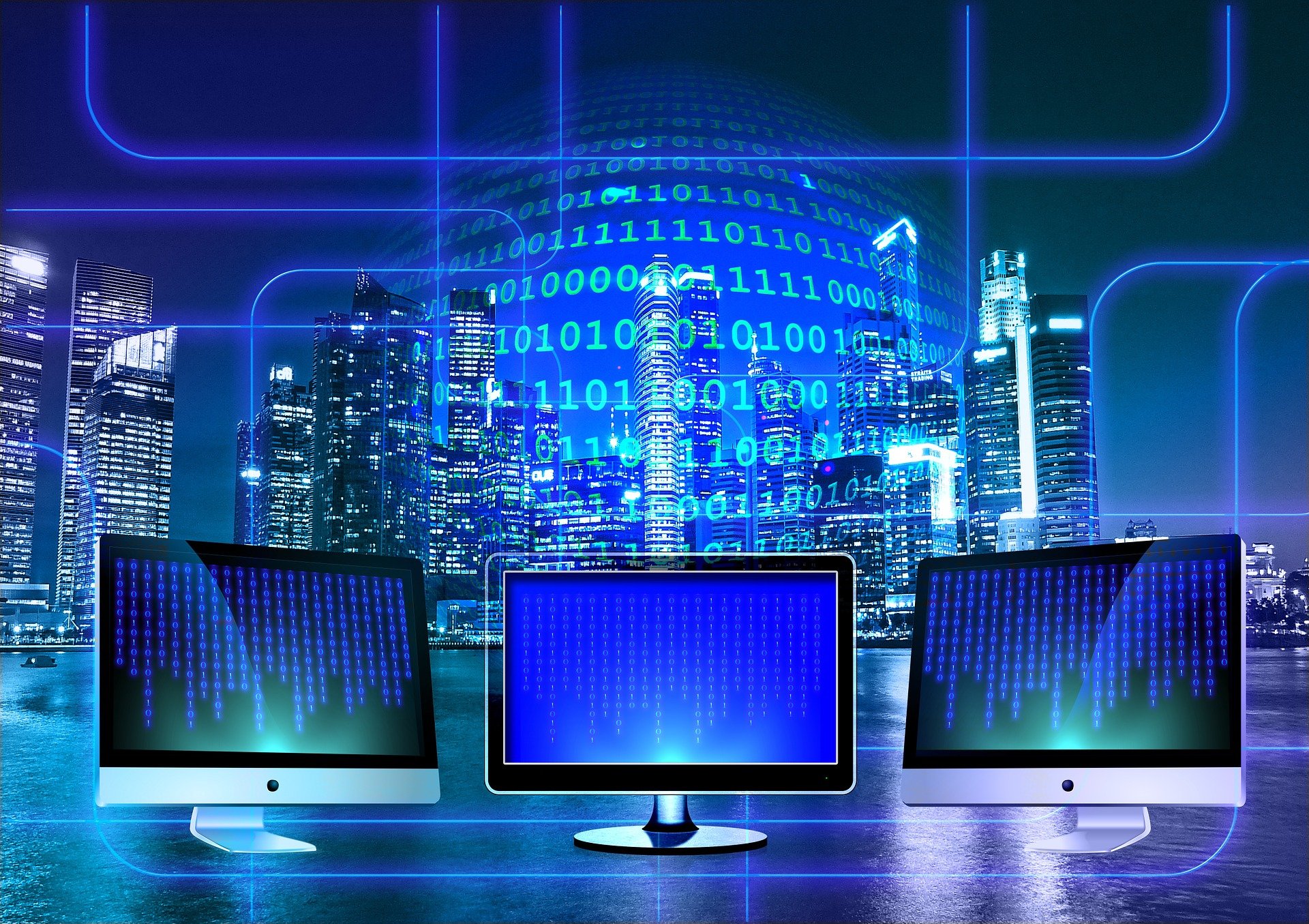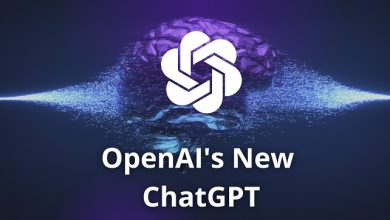M2M & IoT Solutions

Internet of Things (IoT) is used to make the physical objects automatic with the help of software and sensors via internet. Users can build fast, scalable, high-performance networks by connecting a wide range of devices via the technologies with the use of IoT devices. For example: Now a days everyone is having Air conditioner which is fully automatic, which means if an Air conditioner is ON then it will automatically detect the temperature and turn it OFF whenever temperature goes down and again turn it ON automatically when temperature goes up.
Machine to Machine (M2M) which means the communication between the two devices with wire or without wire. In M2M two different machines or devices are communicating without the help of internet, which means two devices can pass the information and can communicate with each other without any internet connectivity. For example: we can easily operate our fans, Air conditioners, televisions with our smartphones and the technology we are using is Bluetooth.
The improvement of enmeshed things through Internet of Things (IoT) and Machine to Machine (M2M) Communication is very important in today’s market. The examiners have foreseen that by 2023, approx 50 billion things all through the world will be related with one another with the help of internet.With the quantity of organized articles, develops the quantity of digital wrong doing dangers. Anticipated fifth era of portable correspondence will be the met form of all the wired and remote systems administrations and advances. The heterogeneous systems administration approach offers ascend to different digital dangers. Structure of strong digital security answers for such diversified systems with savvy gadgets is testing task. The IoT publicize grant different mixes of sharp things and sensor sort out developments. People using different correspondence shows comprehend that an incredible multi-modal framework can be sent in remote (mines, oil stages, woodlands, funnels, tunnels, etc) spaces or in cases of emergencies, shakes, floods, fire and others. In IoT (Internet of Things) system, these things or objects will recognize each other and make sense of how to use each other’s data by sharing resources and definitely redesigning the degree and dependability of the ensuing organizations. M2M exchanges will be based on the terminals and server ranches (for example, home server ranches, others) than the center points, as in the current frameworks. Augmentation of limit at lower price will achieve the local receptiveness of most information required by people or objects. This can be joined with improved taking care of capacities and reliably on accessibility. This will make increase the activity of terminals in trades.
Machine-to-Machine (M2M) communications movement, which evolved to include a broader set of data driven applications collectively termed the Internet of Things (IoT). In the early years, this was more like a vision than a reality, largely due to the lack of efficient ways to connect billions of “things” to Cloud-based applications. For some IoT applications, passive wireless technologies like RFID and NFC have filled this gap, however for solutions requiring range of anything more than a few meters, these technologies are insufficient. For longer range solutions, Cellular technologies have been the fallback solution for many years, yet for many applications, the increased cost and power requirements of Cellular are prohibitive. As a result, the potential of many use cases to drive return on investment (ROI), e.g., smart cities, smart agriculture, smart buildings, and smart asset tracking, has been limited by the lack of connectivity solutions that provide:
- Long range device connectivity (in many cases, up to many kilometers)
- Low power consumption, reducing cost of battery and replacement costs
- Low cost sensors, enabling the deployment of the tens or hundreds of thousands of sensors
There are a few different long range wireless technologies that have emerged to meet these needs. LoRaWAN.This open standard is used by thousands of sensor manufacturering companies and developers worldwide to provide connected products for IoT applications. In addition to its long range, power efficient and other characteristics, LoRaWAN also uniquely benefits from a private deployment model, allowing enterprise customers (or the Systems Integrators that support them) to easily build dedicated low cost private network-based IoT solutions without creating a dependency on either NB-IoT or Sigfox operators.
Internet of Things(IoT) and Machine-to-Machine(M2M) correspondences will bring business opportunities for example, the benefits of the administrators & things, better joint business with vendors, and improved business cycle. A complete parcel of these points are used through verification of things/objects, which helps everyone to self-sufficiently work on the endeavors. The world is looking forward for the dynamic & efficient fifth time span (5G) network. Internet of Things (IoT) and Machine to Machine (M2M) Communication are the most essential components of 5G.
Machine to Machine (M2M) goes under the umbrella of Internet of Things (IoT). There are various hypotheses about IoT and M2M. It is puzzled into the reference deal like ‘egg first or hen first’. M2M is the key component for assignments among machines with data, or machine to human interface. IoT is the networking assistant which helps inter working of all such vigilant machines. For example, credit card of the bank & ATM are the components of M2M, considering the way the ATM machine examines the data on the card and delivers services as demanded by the customers. Regardless,when staff leaves the bank, the fans and lights of that particular department are OFF, which is an example of IoT.In general, M2M is the channel for availability among objects for best structures associated with IoT.
M2M communications is considered as the nervous system for the Internet of Things (IoT). In the past, M2M communications were typically considered using wired communication in order to achieve high reliability.In Addition to this, the power consumption of the devices was so high that they required external power supply. With the evolution of wireless communication technologies in all the previous years and further more evolution of sensor and actuator technologies, the power consumption & cost of wireless machine-type communications have been reduced significantly.It is said that this trend will continue to evolve over the coming years.
M2M communications can be divided into two main categories :- massive and mission-critical. In Massive M2M communications,the services typically roll out to a very large number of devices that are usually equipped with sensors or actuators. But, the amount of data generated by these devices and sensors is generally very small, and has very low latency. In mission-critical M2M communications, very high reliability and availability, & very low latency are seen. Examples for these systems are traffic signal, control of critical infrastructure and wireless connectivity for industries. These systems require different type of communications known as the Ultra-Reliable and Low-Latency Communications (URLLC). Wireless communication has several advantages over wired communication: easy and reduced installation costs, high flexibility and the mobility support. M2M communications is divided into local area and wide area technologies. Local area technologies are providing access from a few meters to hundreds of meters.whereas wide area technologies provide a connectivity distances up to a few kilometers. In wide area M2M communications technologies, there is a list of local area technologies such as Wi-Fi, Bluetooth Low Eneregy(BLE), IEEE 802.15.4 (e.g., Zigbee and Z-wave), M-bus etc.
Overall working on M2M and IoT is intense, with lots of standardization required to run these technologies in 5G era.
The fundamentals of the IoT reference model is that the intelligent systems initiate the data processing as soon as possible, instead of relying on the cloud to do all the work. It is commonly called Edge or Fog Computing. The data generated by the things are sent to the connectivity level of the networking devices. The next level involves limited session, less transaction, less processing using packets. The data element functions include the data filtering, clean up, aggregation, inspection of the packet content , network and data level analytic combination & the thresholds.Machine-to-machine (M2M) communication has become an increasingly important part of mobile traffic and thus a topic of major interest for mobile communication research and telecommunication standardization bodies. M2M communication also offers various services and is one of the main component of the vision inspired by the Internet of Things (IoT). The idea of mobile M2M communication has emerged due to the wide range coverage potential, higher reliability, and decreasing costs of future mobile networks. Nevertheless, M2M communications face a lot of significant challenges. For example, due to the large number of devices with simultaneous access for sending smaller size data and a diverse application range. Mobile standards play a prominent role in the successful deployment of numerous M2M applications due to various reasons. For example: higher capacity to support a large number of devices, enhanced coverage, low power consumption, high reliability, low cost modules, as well as easy and short-term deployment opportunities.
The Internet of Things (IoT) was initially most interesting to the business and manufacturing infrastructures, where the application is known as Machine-to-Machine (M2M). The major idea is to make our homes and offices SMART with the smart devices, transforming it into something that is easy, reliable & relevant to almost everyone. The benefits of the IoT for business depends on the particular implementation that is agility and efficiency which are considered the top considerations. The idea is that enterprises should have access to more data on their own products and internal systems, and a greater ability to make changes as a result.Companies can use the data generated by the sensors to make their systems more efficient along with the supply chains.
The Machine-to-Machine (M2M) & Internet of Things (IoT) work hand in hand but in their own areas. M2M connects machines to machines, whereas IoT takes machine-to-machine connectivity & integrates it with the web applications and connects it to a cloud. M2M uses isolated systems of sensors and records of remotely collected and analysed data. IoT converts disperate systems into a comprehensive system which in turn enables new applications. IoT steps it up by integrating device and sensor data with big data, analytics and other enterprise mobile applications. Comprehensive achievements like these are rarely captured by M2M systems on their own.
Author:

Abhishek Latthe
Founder & CEO
SenseGiz
Abhishek Latthe is a young entrepreneur and the founder & CEO of SenseGiz – A pioneer in enterprise level IoT solutions. He brings relentless focus on creating value to every customer and his long-term strategic perspective is the driving force behind the company’s tremendous growth in the IoT segment.
Published in Telematics Wire


